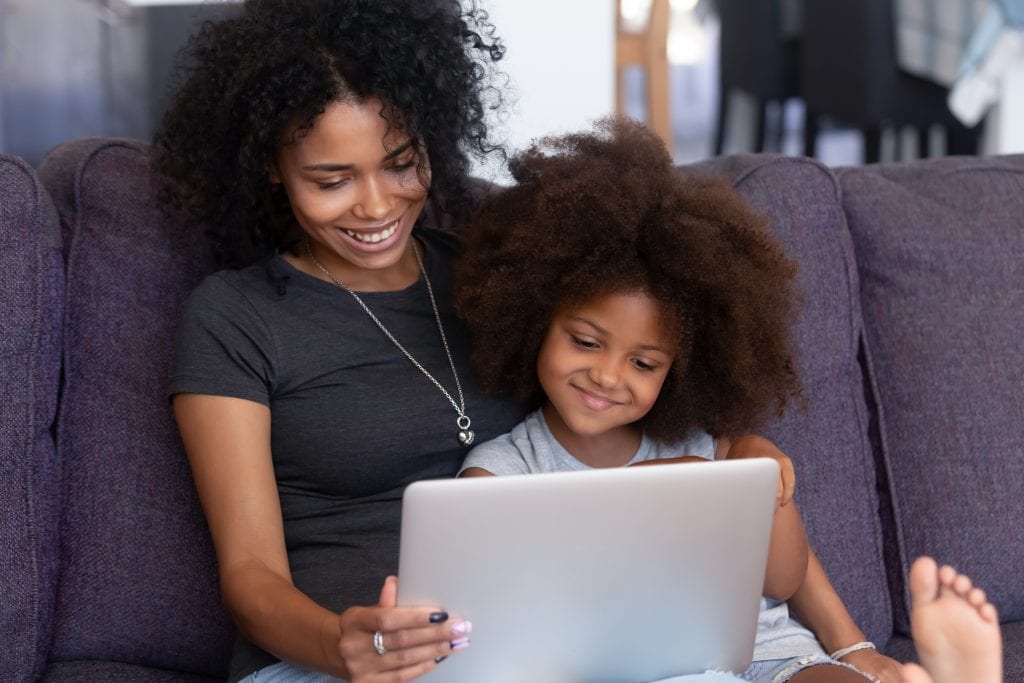Tele Play Therapy – How Could This Work?

Covid-19 has plunged the world into a period of unknowns. Our sense of what is normal has been completely turned upside down and some days, it’s difficult to know what day of the week it actually is. In the world of mental health, we have been forced into the relatively new world of Telehealth. While the jump has been easy for some, it is more challenging for others. For me as a play therapist, telehealth and play therapy aren’t two things that I would have associated together. What if my kid client goes off screen where I can’t see them? What if my child client becomes distressed and begins to have a meltdown? What if they start playing with other apps during our session? The questions are endless. Additionally, so much of play therapy involves the environment of the play therapy office- the toys, the art supplies, the puppets, etc. How can we engage in play therapy without those things? It seems as though making the transition from in person play therapy to telehealth is unrealistic and almost impossible. However, there is one thing that is even more important than all the questions and missing toys. It’s the relationship.
The importance of the therapeutic relationship cannot be denied. Having a consistent, trusting relationship with a therapist is the primary agent of change during the therapy process. As a play therapist, my number one goal with any child is to establish a relationship characterized by unconditional positive regard, the child feeling heard and understood, and safety, consistency, and validation of emotions. This kind of relationship can be maintained or even established whether I am with a child in person or over a screen. This is especially true with established therapeutic relationships. While telehealth feels foreign to many of us, the question must be asked: What is better? Taking a break cold turkey from an established relationship or maintaining that relationship via telehealth during a potentially difficult and scary time? In my mind, maintaining the relationship trumps my concerns regarding telehealth any day.
Another important aspect of play therapy is being flexible. This is even more true now in light of Covid-19. As a play therapist, I like to have a plan in mind for what I will be doing with my child clients during session. However, I am also always going to take a child’s lead. So, while I always have a plan, that plan is flexible and sometimes gets thrown out the window entirely to accommodate what the child needs in the moment. Tele Play Therapy has introduced even more flexibility. Play therapists throughout the world have been brainstorming and sharing ideas for how to accommodate play therapy via telehealth and there is now a Facebook group of more than 10,000 members posting ideas and adjustments to the way we usually do things. By adapting my tried and true methods to tele play therapy, I’m finding that I can still engage my child clients and work towards our previously established goals even through the medium of video conferencing.
Now that I am a month into this telehealth journey, I am finding that the benefits are outweighing the risks. Usually, my child clients are coming into my world/my office but now they get to introduce me to theirs in a way they couldn’t before. I’ve seen bedrooms. I’ve met pets. I’ve seen incredible Lego creations and artwork that previously had only been described to me. I’ve been able to maintain a solid relationship with my kid clients and support them during a very uncertain time so that they feel safe and secure. I’ve also been able to support their parents as they adjust to being both parents and teachers. So far, no one has just run away from the camera without coming back. I’ve not had kids playing with other apps instead of interacting with me. I’ve maintained regular contact with parents so that if an emergency or temper tantrum does arise (which it hasn’t yet), they are just a phone call away. Overall, while Tele Play Therapy is not perfect, it is working better than I ever expected and has become a great alternative until face to face play therapy can resume. It has also reminded me that while my play therapy office is amazing and full of ways for children to communicate, the relationship is still the most important agent of change in their lives.



